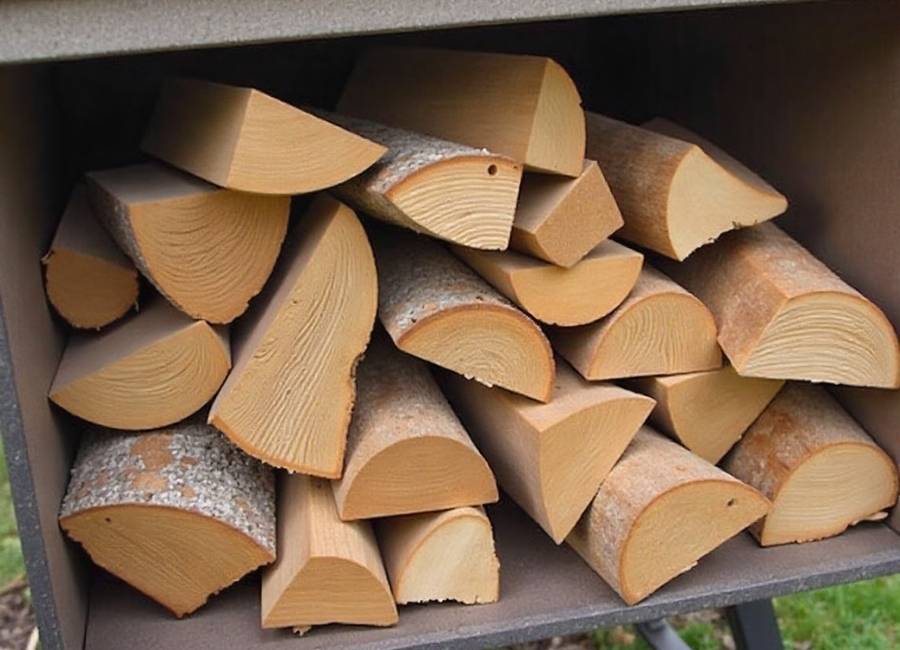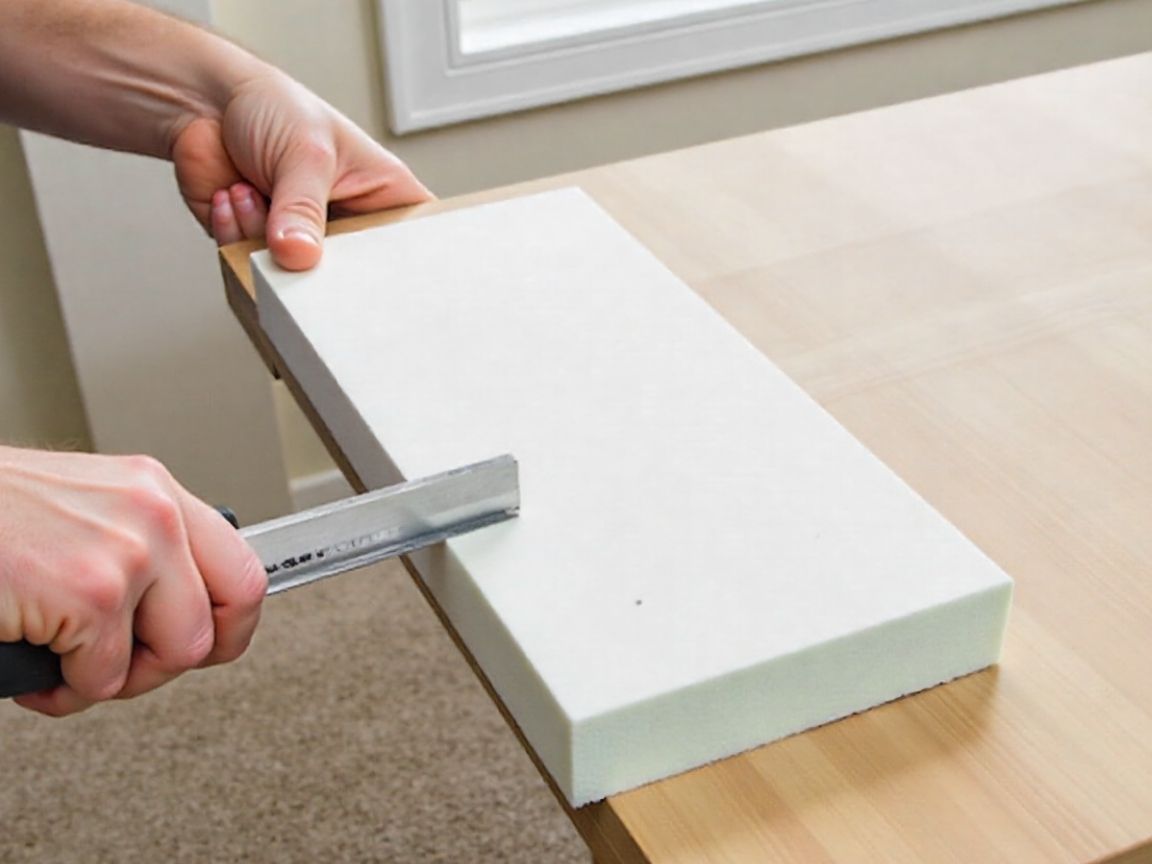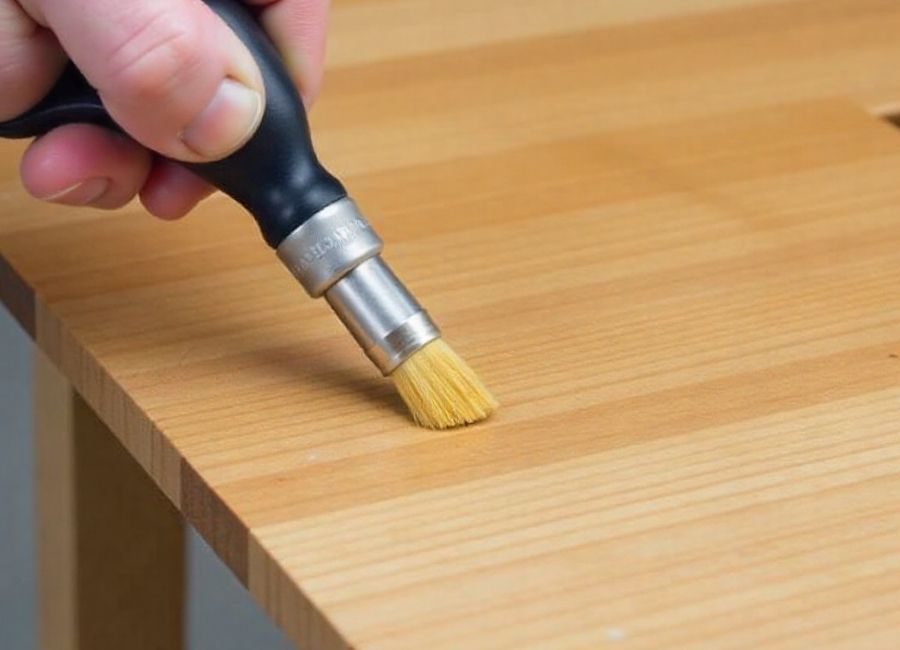As September rolls in, the temperatures begin to dip here in central New York, and I can already feel the cool bite of the morning air. While the wood stove in the heart of my Home sits idle for now, I know in just a month or so, it’ll be time to light up those first fires of the season. That means it’s also the perfect moment to think ahead about the firewood I’ll need for the next fall and winter.
But I’m not talking about the firewood I’ll burn this year. That’s already split and stacked, ready to go. I’m thinking about the wood I’ll use next year. Freshly cut green wood holds a lot of moisture, and if you burn it right away, you won’t get the warmth you expect. Much of the heat will be used up drying out the wood instead of heating your Home. This wastes energy and can also cause pollution and a build-up of creosote in your chimney, which is something you definitely want to avoid. (DEEP Reminds Residents To Use Best Practices When Wood Burning for Heat, 2025)
This is why firewood needs to be properly seasoned before burning. Firewood cut in the spring will work for the following fall, but ideally, you should allow it to age for a full year to get the best results. (Drying Firewood – How To Season Firewood, n.d.) The most important part of seasoning firewood is time. Even when you split the wood, it still needs several months to dry out enough to be considered properly seasoned. So don’t rush it! Properly seasoned firewood burns hotter and cleaner, ensuring you get maximum heat and efficiency from your efforts. (What Is Seasoned Firewood?, n.d.)
But Time Alone is Not Enough
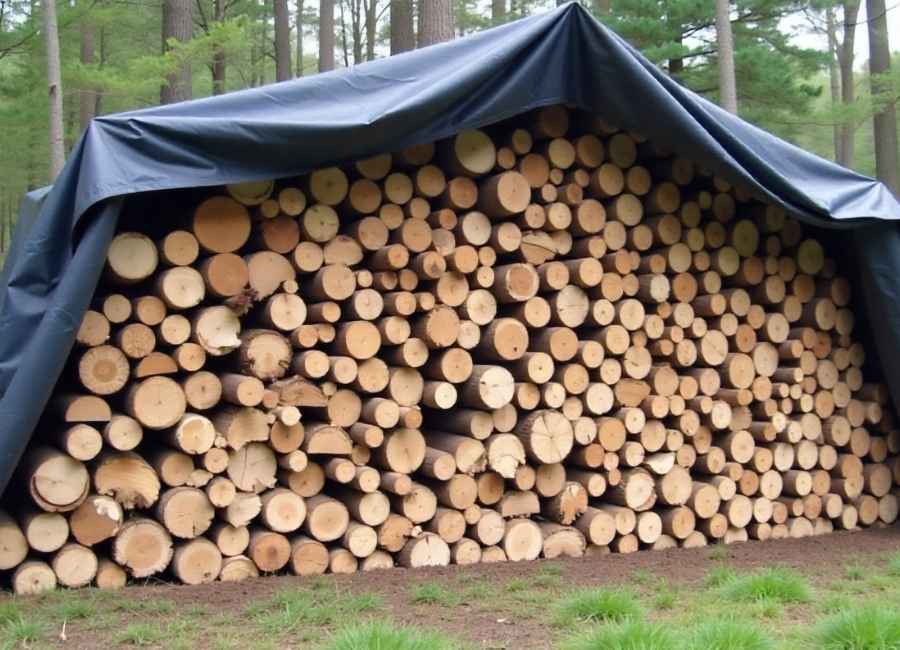
While time is essential to seasoning firewood, it’s not the only factor at play. Firewood that’s left in an uncovered pile won’t dry out properly and will likely start to rot. Even if it doesn’t rot, it won’t dry significantly. (Vodak et al., 2011) If you cover the pile with a tarp, you might keep the rain off, but you’ll also trap moisture inside, creating a humid environment that prevents the wood from drying out effectively. (Vodak et al., 2011)
What you really need is a storage solution that keeps rain off the wood but allows plenty of air to circulate. If you have an unused porch, that could be a good option. But for most people, a stand-alone structure works best. You can find a variety of racks for firewood, some of which come with built-in covers. If you burn a small amount of wood, this might be all you need.
If you burn wood often, it makes sense to invest in a dedicated structure. You might find a modular carport or something similar on sites like Craigslist. Or, you can build your own custom setup. That’s what I did by buying a hoop bender and making my own firewood hoop. I’ll share more about this in a future post.
The Bottom Line: How to Store Your Firewood
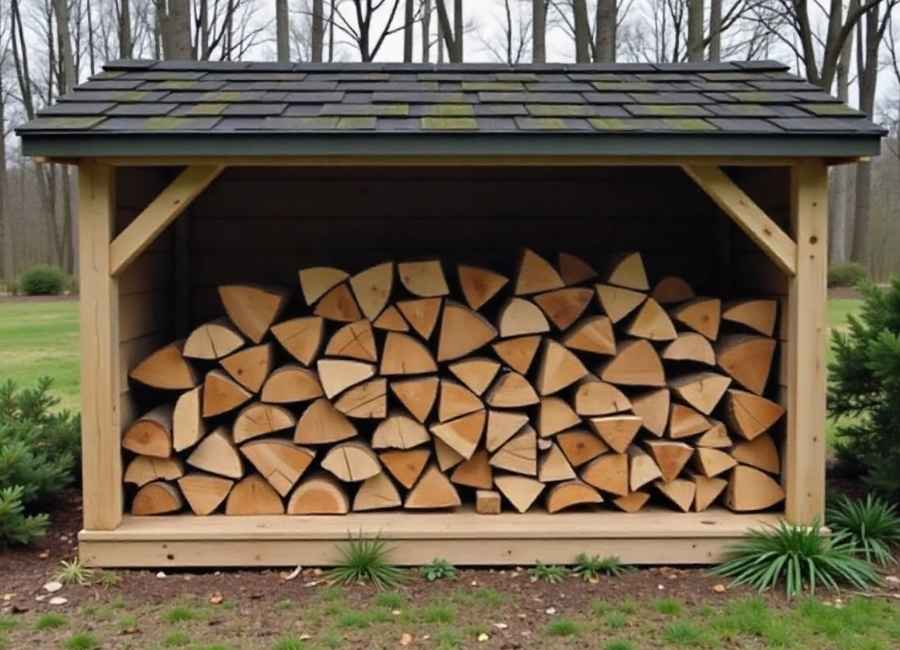
The goal when storing firewood is simple: minimize exposure to rain while maximizing airflow. This will allow your firewood to dry out effectively and be ready for burning when you need it. (Fuel Efficiency & Conservation, n.d.)
How To Season Firewood: The Proper Steps for Clean Burning and Maximum Heat
If you want your firewood to burn cleanly and provide maximum heat, here’s how to properly season it.
Active Time: 2 hours
Seasoning Time: 180 days
Total Time: 180 days + 2 hours
Author: Garth Brown
Equipment:
- Splitting Tools (axe, maul, etc.)
Materials:
- Green Wood
Instructions:
- Split Firewood: Split wood dries out faster and burns better, so take the time to split it into smaller pieces before storing it. (Split, Stack, Cover, Store: Four Simple Steps to Drying Firewood, n.d.)
- Stack Firewood: Don’t just pile it up on the ground and forget about it. Piling wood without space between the pieces will prevent airflow and slow down the drying process. (Fuel Efficiency & Conservation, 2024) Make sure to stack it in a way that leaves gaps between the logs, allowing air to circulate freely.
- Keep Off the Rain: The best way to store firewood is in a covered structure that sheds rain while allowing air to circulate. A porch can work, or you can create a simple structure with metal roofing. Ensure the sides are open to let air move through. If you use metal roofing, secure it so it doesn’t blow away.
- Wait: Once your firewood is stacked and covered, the real work begins. Allow the wood to dry for at least six months, though a full year is ideal. (Firewood: Seasoning and Storage, 2023) Patience is key to getting properly seasoned wood that burns hot and clean.
More Tools and Tricks for Firewood Preparation
When it comes to splitting firewood, I personally recommend the Fiskars X27 Axe. It’s lightweight enough to swing repeatedly, making it ideal for splitting wood into smaller pieces. If you’re curious, you can check out a more detailed review of the Fiskars axe I wrote.
Another tip I use is a box for stacking the wood. This allows me to stack a bunch of wood at once, so I can split it all to my desired size without constantly having to re-stack it. The box elevates the wood to a better height for splitting, saving my back in the process.
When designing your storage solution, make sure to build it with access from both ends. This way, you can fill one end with freshly cut green wood while using the other end to pull out fully seasoned firewood. This also encourages proper airflow, which is crucial for efficient drying.
Properly seasoning your firewood is essential for safe, efficient burning. By following these steps and storing your wood properly, you’ll enjoy hot, clean fires all winter long! Stay tuned for more detailed posts on the topics of firewood storage and building your own firewood hoop.







